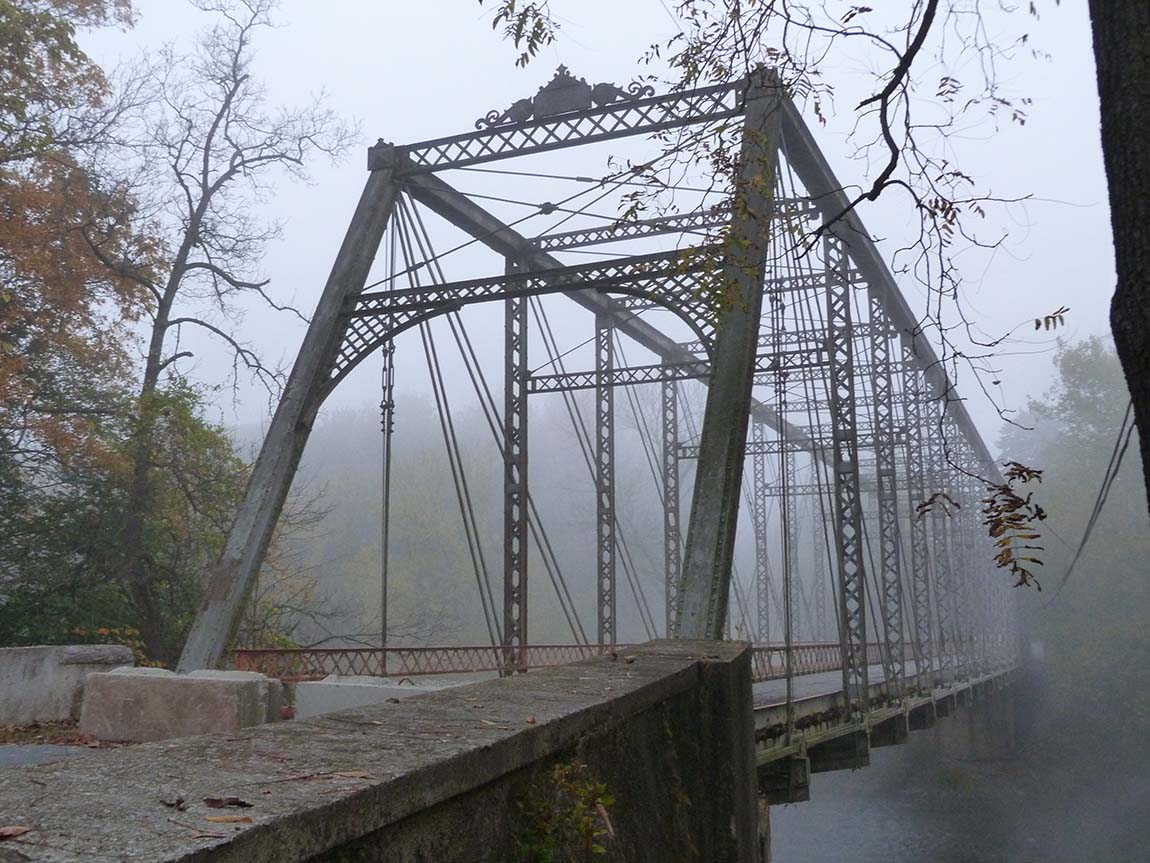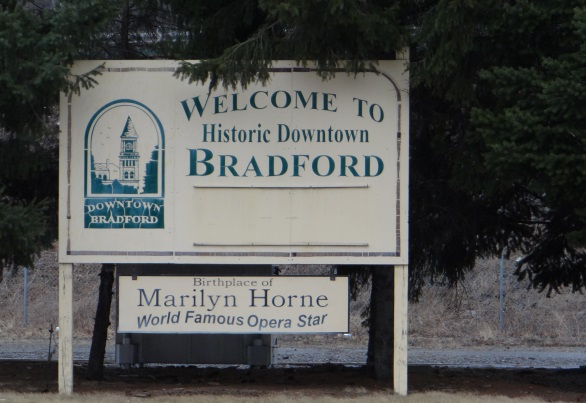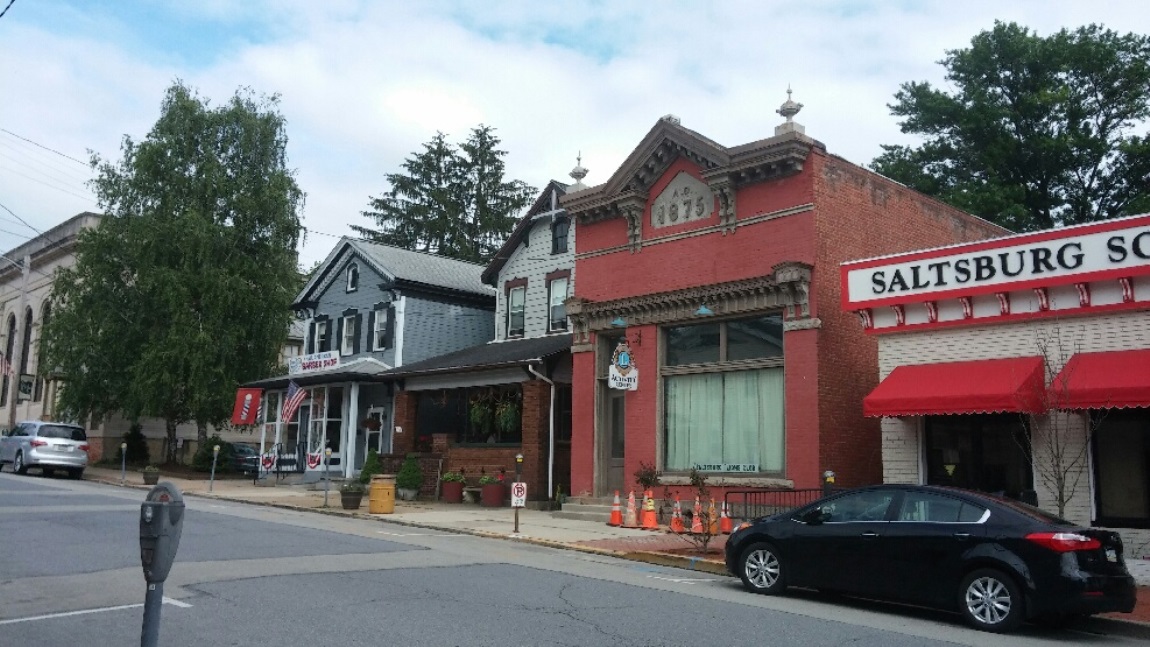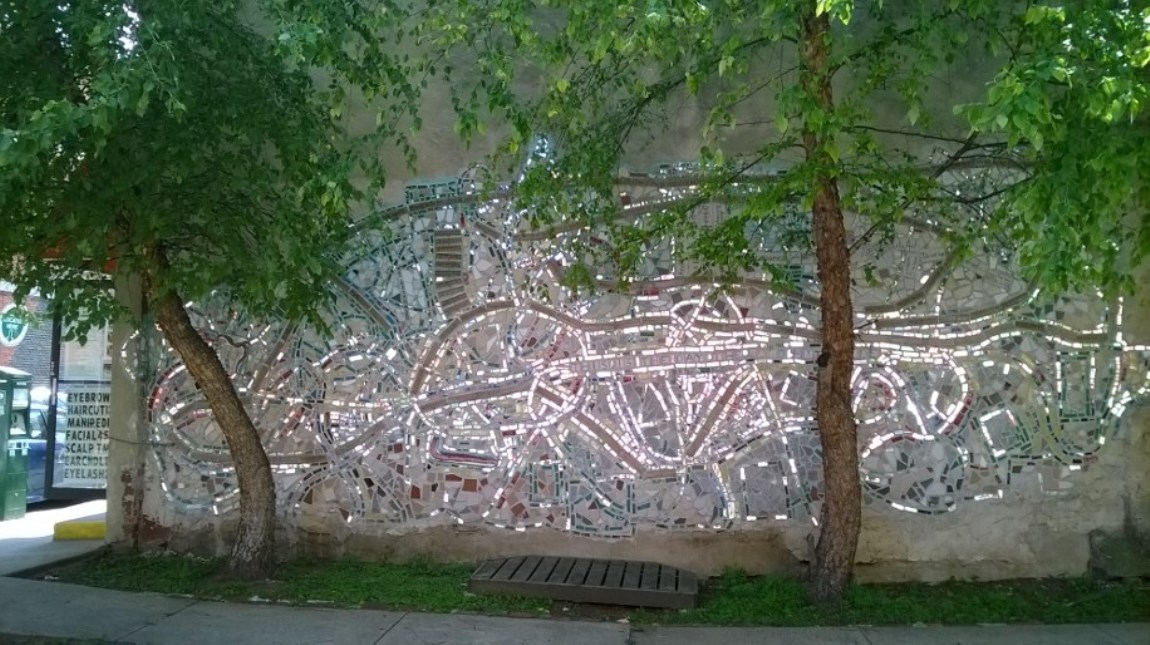What role can the humanities play in community development– and how can they foster a more democratic future for small towns and cities across America? Continue reading
Category: Quality of Life (Page 4 of 5)

Bridge to the Past: PennDOT’s Historic Metal Truss Bridge Management Plan
In June 2016, I was hired as the Transportation Special Initiatives Coordinator in the Pennsylvania State Historic Preservation Office (SHPO). This new position was created through a special funding agreement with the Pennsylvania Department of Transportation (PennDOT) and was developed to assist them in marketing the state’s historic metal truss bridges. My position has evolved over the last 9 months and I see my purpose as helping both PennDOT and the SHPO preserve the remaining population of historic metal truss bridges by either marketing them for an adaptive reuse at a new location or helping to develop and implement a management plan to rehabilitate these bridges as part of the transportation system. Continue reading

Community Connections: Survey Says!
Did anyone else hear Richard Dawson’s voice yell this out when they read the title of our post today? Perhaps I’m dating myself by knowing who first hosted Family Feud. We didn’t host our own preservation version of one of America’s favorite game shows (but that’s an idea!) but we did host a survey and the results are in!

Don’t Just Look Forward or Backward: Look Around for Preservation Partners
In 2016, the preservation community has been looking back over the past 50 years to reflect upon the legacy of the National Historic Preservation Act of 1966. The legislation laid the groundwork for the tools and strategies of preservation. For Pennsylvania, 2016 also marks the beginning of a multi-year planning process to look forward over the next five years (and beyond) through the development of a new Statewide Historic Preservation Plan. I had the chance to look around at the recent American Planning Association – Pennsylvania Chapter (APA-PA for short) conference and it got me thinking about how preservation is connecting to the bigger planning world.
Due to Fiscal Year 2015-2016 budget challenges, the status of Year 3 of Pennsylvania’s Historic Preservation Tax Credit program was up in the air through March 2016. With the enactment of a budget, there was a brief application window with a March 24, 2016 deadline. The shortened budget period did impact the total number of applications to the Department of Community and Economic Development (DCED) as the total decreased from 30 in the second round to 23 applications for the third round.
PHMC quickly reviewed the applications to ensure applicants owned qualified historic buildings and that proposed rehabilitation plans met the Secretary of the Interior’s Standards for Rehabilitation. As the qualified applications far exceed the limited $3 million in available credits, DCED used a fair and balanced selection process based on a first -come, first serve basis with regional distribution to select the first round of projects. Continue reading

Spotlight Series: Preservation At Work in Bradford
45 communities in Pennsylvania have a formal working relationship with the Pennsylvania State Historic Preservation Office (PA SHPO) on a variety of preservation-related programs and projects.
Known as Certified Local Governments (CLGs), these communities represent a broad geographic, demographic and economic swath across the Commonwealth. From Philadelphia (Pop. 1.5 million) to Mercersburg, Franklin County (Pop. 1500) and located in over a third of Pennsylvania counties, the CLG program provides exclusive funding and technical assistance for local governments. As you may remember from this post a few months ago, the CLG program is one of several federal programs administered by the PA SHPO; in this case, the National Park Service provides guidance, rules and funding for the CLG program.
Three CLG communities in the PA SHPO Western Region provide a glimpse into the range of preservation activities CLGs can sponsor. Over the next few months, we’ll illustrate how the City of Bradford, Moon Township and the City of Pittsburgh have used the CLG program to leverage their preservation programs. We’ll turn our spotlight on Bradford first.
It’s that time of year again . . . . . not holiday shopping, but Farm Show planning! That’s right, the Pennsylvania Farm Show will be taking place soon, January 9-16, and the SHPO will be there for the whole week. 2016 marks the 100th time Pennsylvania has celebrated agriculture and farmers with a multi-day exhibition in Harrisburg. Building on the number 100, this year we’re partnering with the Department of Agriculture’s Century Farm Program to recognize farms that have been owned and operated by members of the same family for at least 100 years. Our theme this year is “Farms + Family = Heritage.” Continue reading
Continue reading
It’s hard to believe that a month has gone by since our first ever SHPO Shout-Out! I’ll give my own Shout-Out to everyone who liked, posted, shared, tweeted, and emailed our November post to spread the word not only about the great projects I featured but also to let people know that we’d like to crowd-source candidates for future posts. The number of emails I got from readers with ideas for candidates were low – like zero! – but I understand that you’re all just getting used to the idea, right?! I can’t possibly know about all the good preservation victories across the 46,055 sq. mi. that make up Pennsylvania and I need your help!
This past June Barbara Frederick and I were in Saltsburg, Indiana County attending a stakeholder meeting for the Loyahanna and Conemaugh Dam’s master planning process. The Army Corps of Engineers, Pittsburgh District has been hard at work this summer updating their planning documents, and, as the Western Region Section 106 review team, Barbara and I have been doing our part to provide our support to their process. We also used the opportunity to get a first-hand look at the Dams, Saltsburg, and some really great historic resources! Continue reading
When I discovered the fabulously whimsical and colorful mosaic murals along the 1000 block of South Street in Philadelphia, I had no idea this outpouring of creativity was actually part of a fascinating preservation story. Visually, the neighborhood is delightful surprise, a colorful, mysterious and enigmatic world of unexpected images, embedded in the physical structure of the buildings. While the artwork is fun and engaging, it is also much more. It is physical evidence of the power of people to reclaim and reinvent their communities and redirect the forces of change that threaten them. Continue reading







Recent Comments